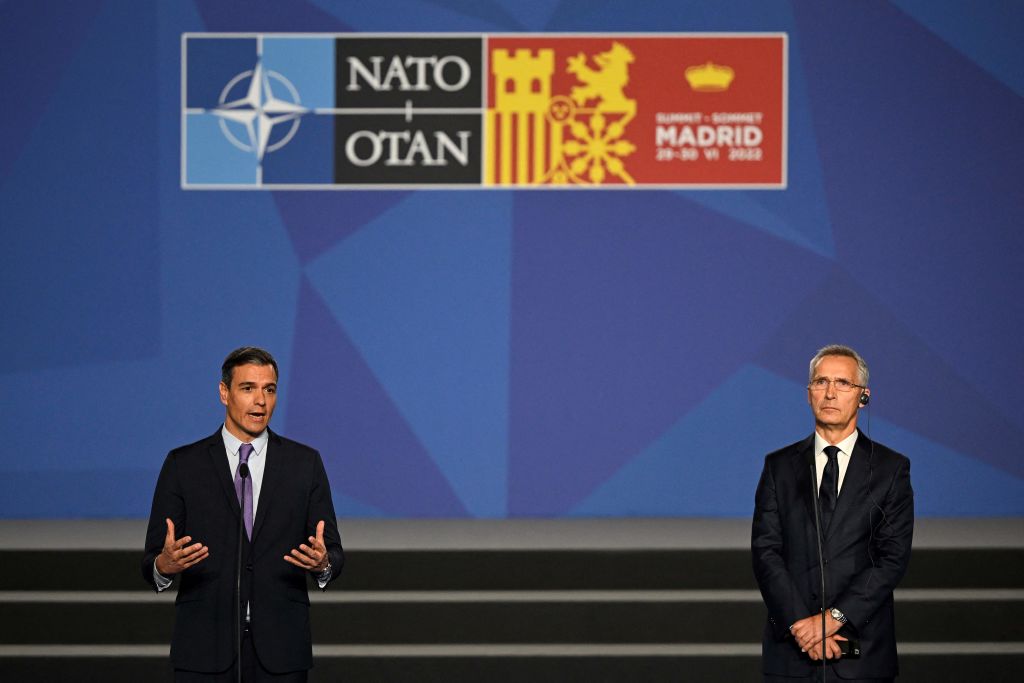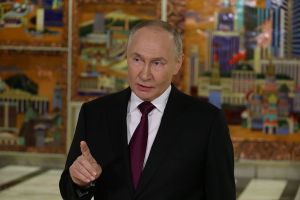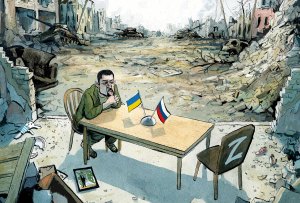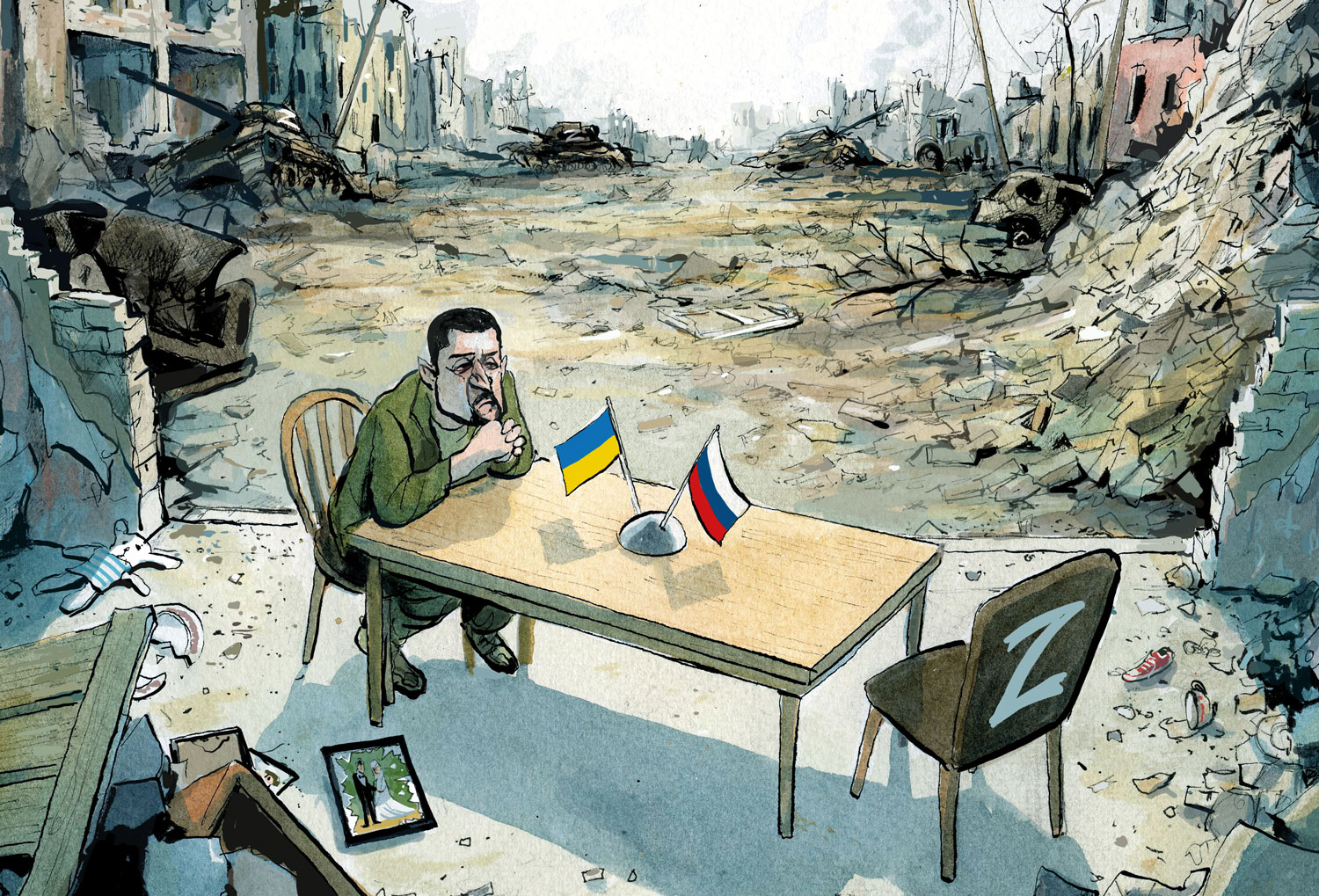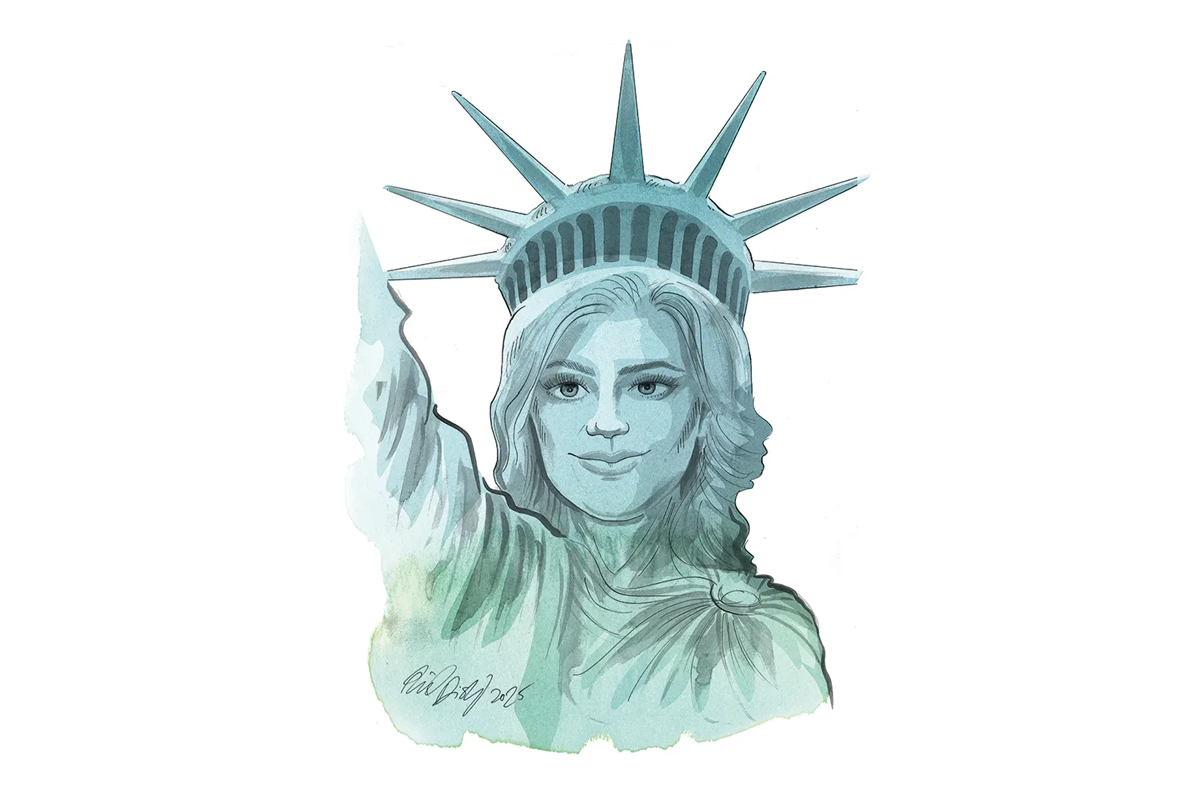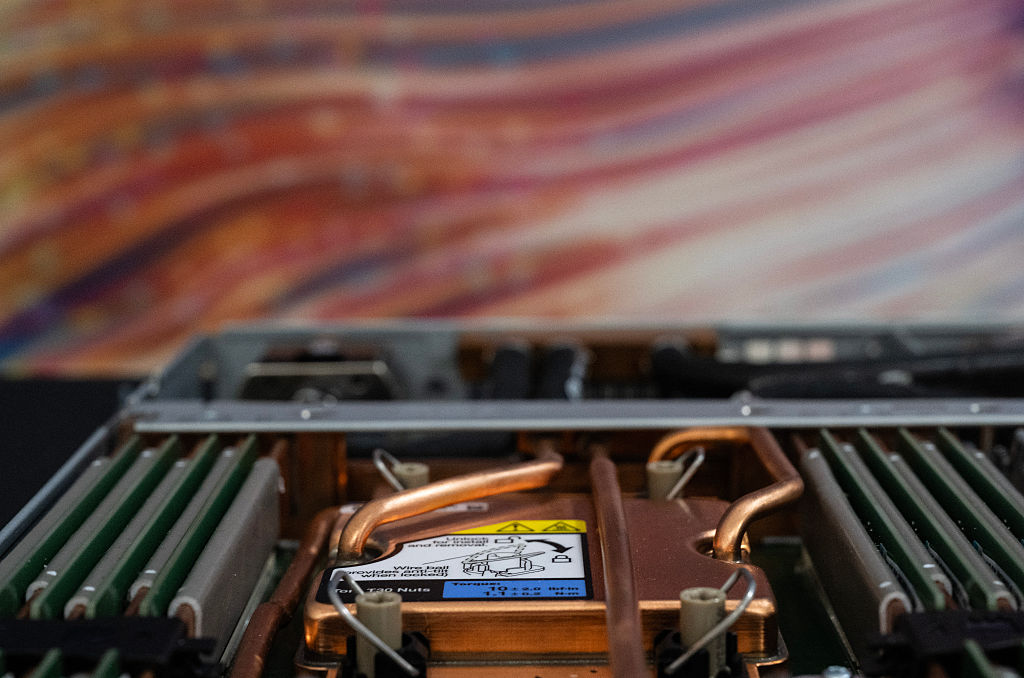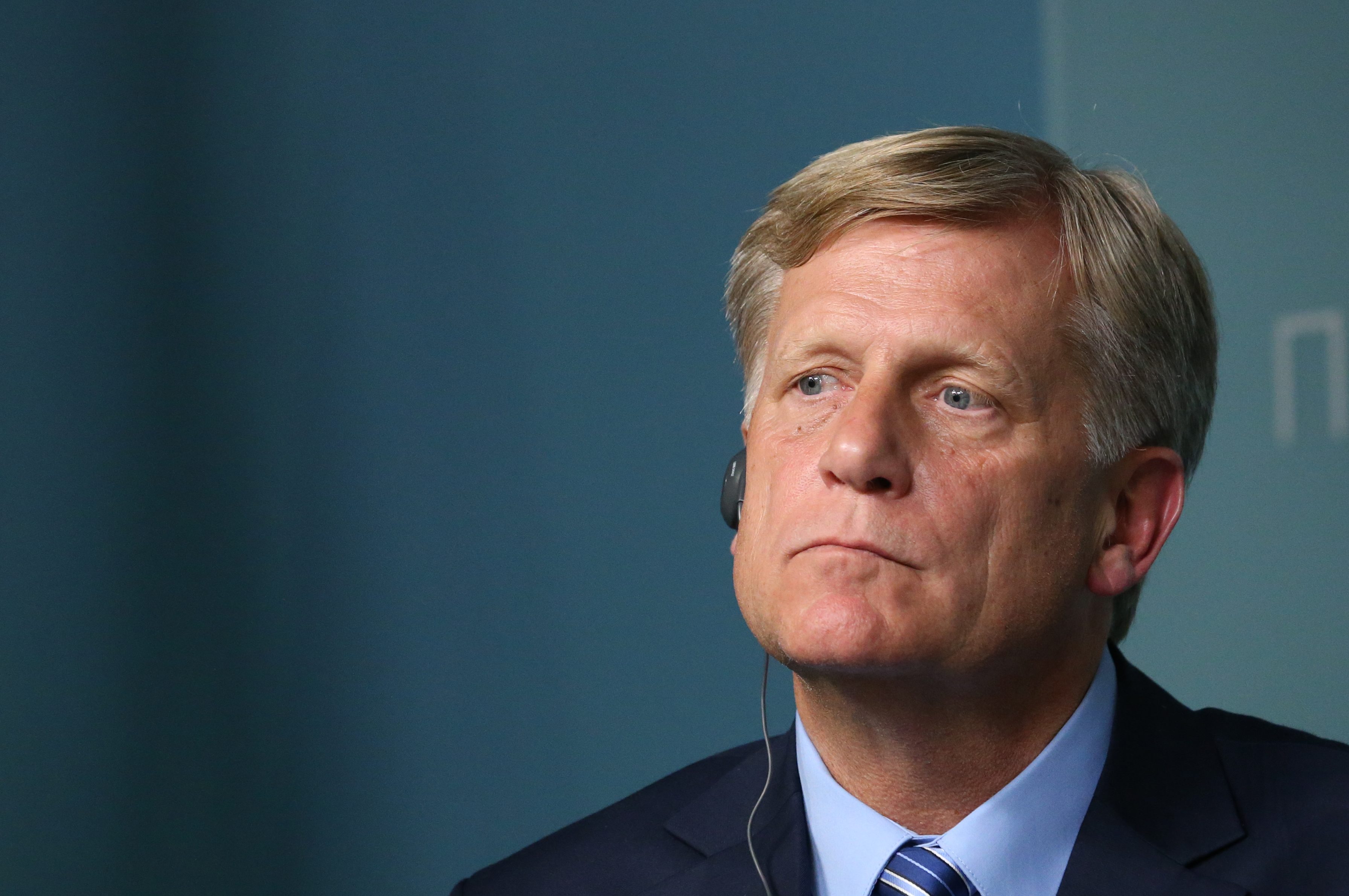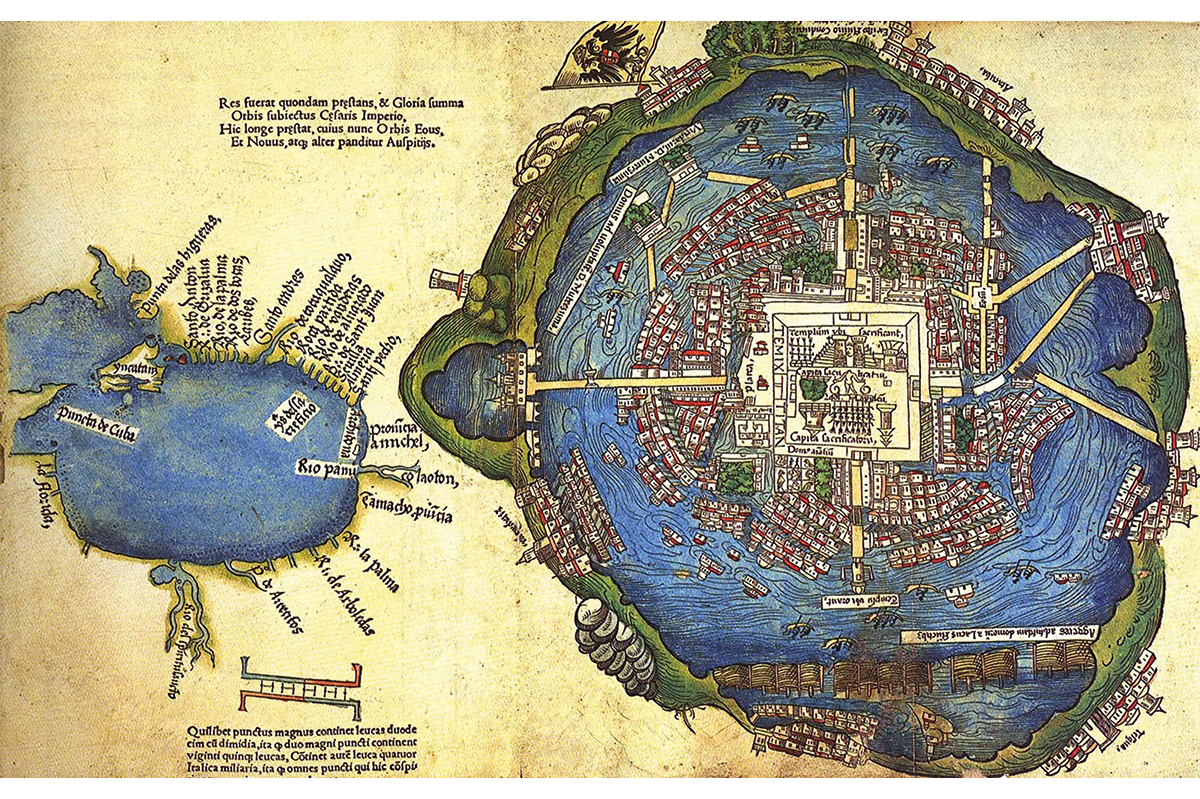NATO gatherings at the head-of-state level are ordinarily placid, even boring affairs. But this week’s three-day NATO summit in Madrid will be quite different. For the first time in twenty-three years, the alliance is meeting as a war churns on European soil.
Russian President Vladimir Putin’s invasion of Ukraine has been an electric shock to the continent’s defense establishment, at least if their rhetoric is any indication. European officials have finally come around to noticing that Europe isn’t an exceptional zone of peace and tranquility, but a region no more immune to armed conflict than any other. NATO, which was straying out of theater in a desperate attempt to stay relevant, is now back to performing the defensive mission it was meant to do. Even Germany, a country that has comfortably outsourced its security to America, feels the need to pledge more than $100 billion into its Bundeswehr.
The NATO confab in Madrid is thus not just about posing for photographs in front of snow-capped mountains. It’s about deciding how NATO will operate in the future, and which nations will be performing which tasks. Simply leaving Europe’s defense up to Uncle Sam, with its $800 billion defense budget and penchant for overextension, is not a sustainable strategy — and the Biden administration should use the summit to reiterate that point over and over again.
One of the decisions that will be formally announced is a nearly eight-fold increase in NATO’s Response Force, from 40,000 troops to 300,000. The Response Force, originally set up in 2002, is designed to ensure that the alliance has a sizable troop contingent ready for deployment on short notice in the event of an emergency. Temporary NATO battalion tactical groups stationed in the Baltic States will also be turned into brigade-sized formations.
On its face, both initiatives are reasonable. NATO is, after all, in business to provide for the security of its member states. As the old adage goes, an attack on one is an attack on all. The most efficient way of ensuring an attack doesn’t happen in the first place is to enhance deterrence to its most vulnerable participants; beefing up a troop presence on the eastern flank and reinforcing units tasked with deploying quickly are logical responses to the horror in Ukraine.
The question, as always, is where these additional forces will come from and whether countries other than the United States can make the initiative work. This isn’t nitpicking; it’s a legitimate line of inquiry for an alliance that, to be completely honest, is wholly reliant on Washington to tackle its most difficult tasks and keep its organization together. Since NATO’s founding in 1949, successive US presidents have been perfectly fine sitting in the driver’s seat. Even Donald Trump, who reveled in browbeating the alliance, still wanted America to be top dog.
But alliances are only as strong and capable as the strength and ability of their individual members to contribute to the common defense. The architects of NATO’s founding treaty, hashed out in Washington in April 1949, understood this. “In order more effectively to achieve the objectives of this Treaty,” Article 3 states, “the Parties, separately and jointly, by means of continuous and effective self-help and mutual aid, will maintain and develop their individual and collective capacity to resist armed attack.” In layman’s terms: all participants have a responsibility to maintain their own militaries and prevent them from degenerating into scrap heaps. Apart from the United States and a few other members like the United Kingdom and perhaps France, most members have conveniently forgotten about this.
Burden sharing is important, but burden shifting is just as vital to a healthy NATO. And unfortunately, there isn’t much burden shifting going on. While NATO bureaucrats and heads-of-state trumpet their unity on Ukraine, there is very little in the way of concrete shifts toward a fairer and more balanced division of labor within the alliance. The US is by far and away the country doing most of the reassuring in Europe. The American troop presence on the continent has increased by 66 percent since the beginning of the year, and will likely remain at or near 100,000 personnel for the foreseeable future. Besides the UK, which will temporarily allocate 8,000 troops to Europe for a series of NATO exercises this summer, the vast majority of member states aren’t walking the walk.
If history is any guide, the 300,000-strong plus-up of the NATO Response Force will be yet another American-led initiative with symbolic support from the Europeans. Or, the US could insist, perhaps even demand, that the Europeans treat Ukraine’s defense as a distinctly European project. The former is conventional; the latter, bold and innovative.



